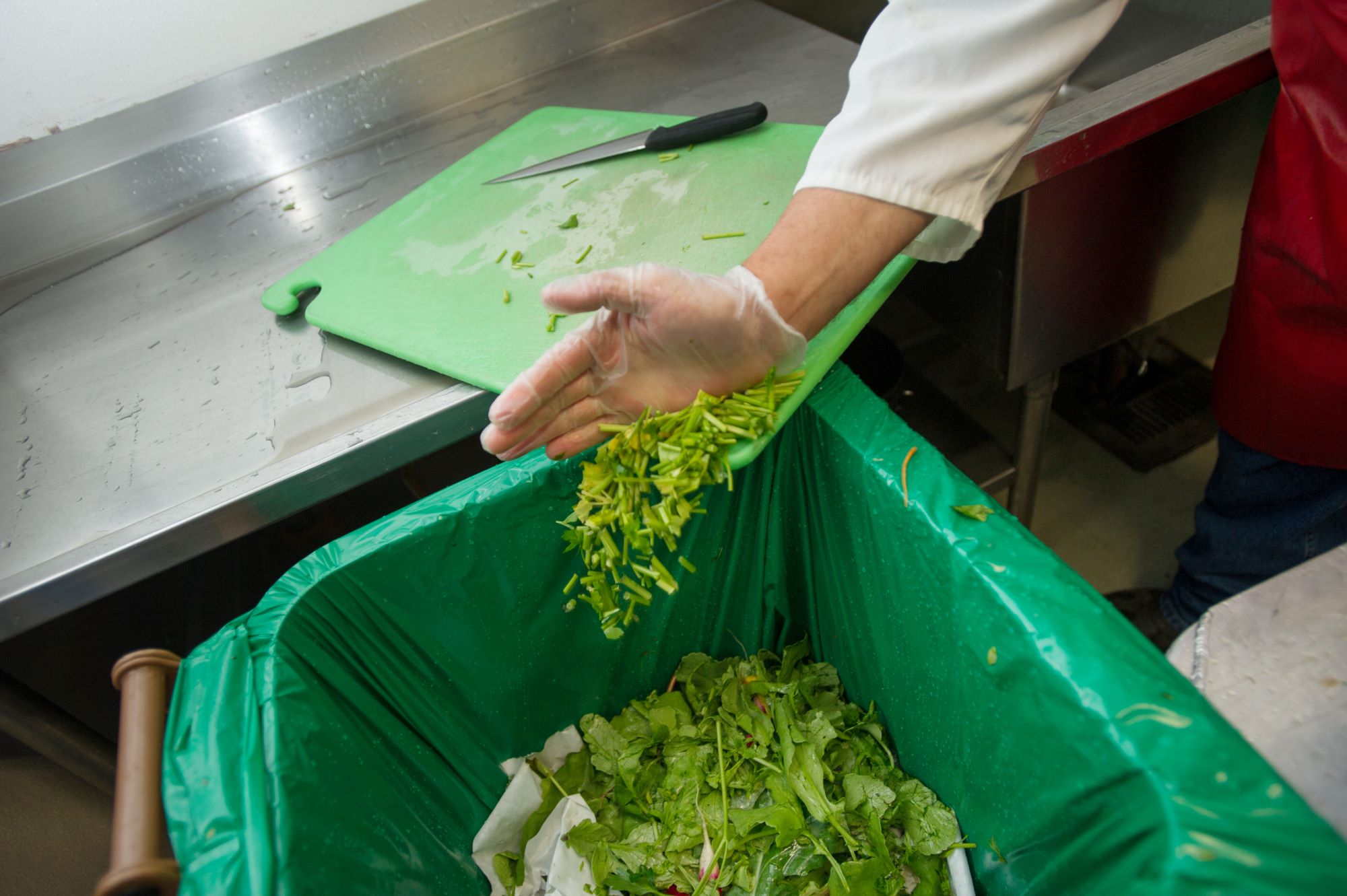If you run a business, your bottom line is never far from thought – not only how much you’re making but also how much you’re losing. If you work anywhere in the farm-to-table pipeline of food production, a part of that loss is food waste. Like with many forms of agricultural, commercial, and industrial waste, food waste can take many forms and have many impacts. Let’s look at the full picture – in terms of both resources wasted as well as the larger environmental impacts – and how to fix them.
What is Food Loss and Waste?
Food loss and waste (FLW) is food that is intended for human (and sometimes animal) consumption that is not ultimately consumed. This is different from “surplus” or “excess” food that might be donated to food banks or consumables that are grown for non-human purposes, such as biofuel. This specific term, used by the US EPA in their study from November of 2021, From Farm to Kitchen: The Environmental Impacts of US Food Waste, is also used in similar US legislature, such as the 2030 Food Loss and Waste Reduction Goal, which we’re currently failing to meet.
Food Waste Cost by the Numbers
In this section, we’re only going over the true cost – when resources are wasted or need to be used to manage food waste. There are also a lot of environmental effects and other less readily tangible impacts, which we will talk about in the next section.
According to the above EPA report, roughly a third of all of the food produced is never eaten. This means all the resources used to create that food, from fertilizing the farmer’s land to powering the homeowner’s fridge, are also wasted. Some highlights:
- Agricultural Land Wasted: 560,000 km2 (140 million acres) of fertile land, equal to roughly the state of California plus New York.
- Fertilizers, Pesticides & Water:9 trillion gallons of blue water, 778 million pounds of pesticides, and 14 billion pounds of fertilizer.
- Power Wasted: 2,400 million GJ (or 664 billion Kilowatt Hours) of energy is wasted – enough to power more than 50 million homes for a year.
The Knock-On Environmental Effects of Food Waste
Of course, beyond all of the resources wasted, there are also the major environmental impacts of this food waste – not only in production but also after it becomes waste. The staggering and preventable numbers below are a major reason the EPA’s Reduction Goal exists – part of a larger plan to help reduce the climate crisis.
- Greenhouse Gas Emissions: 170 million MTCO2e emissions – equal to the annual CO2 emissions of 42 coal-fired power plants. This excludes landfill emissions.
- Landfill Space: Food waste is the single most common landfill and incineration material in the US, with 24% of all landfills and 22% combusted municipal solid waste. Municipal solid waste (MSW) landfills are the third-largest source of human-related methane emissions in the United States, accounting for approximately 14.5 percent of these emissions in 2020, according to the EPA.
How to Reduce Your Commercial Food Waste
Reducing the food waste of your business (or even your individual household) can not only help your bottom line, but creates a more sustainable economy – something everyone can appreciate. How do you start? Reduction of food waste is a great place to start – figuring out where food is being lost and then fixing those issues. For example, using non “market ready” produce in other industries or donations to food banks. Food waste management is also a critical part – making sure your food waste doesn’t end up in landfills and wastewater.
With the latter, Agri-Cycle can help. We’re committed to helping businesses reach sustainability with their food waste, with better options for the disposal of food waste in all its forms. With our large scale of services, and a service area spanning Maine to Maryland, we’re often comparable in price to your current waste solutions. From direct food waste disposal to consultation on reducing your impact, contact us today to get started by getting a quote or calling us at 1-800-850-9560.

